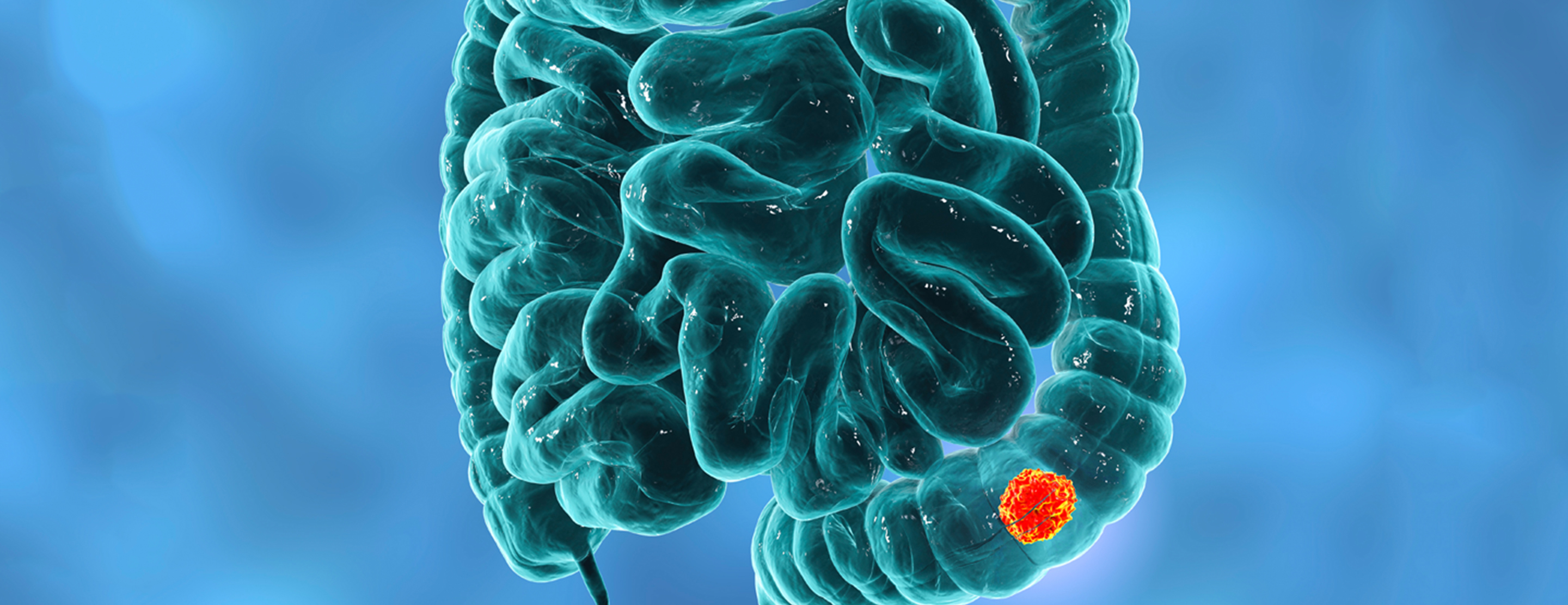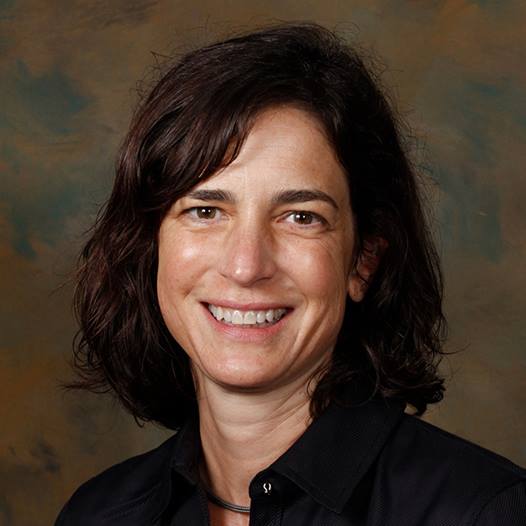UCSF is one of the few medical centers in the U.S. that offer an advanced, minimally invasive procedure called Transanal Endoscopic Microsurgery (TEM). TEM is performed by specially trained colorectal cancer surgeons to remove certain noncancerous rectal tumors and early-stage rectal cancers.

Transanal Endoscopic Microsurgery (TEM)
Previously, removing rectal tumors warranted a major surgery with a large abdominal incision, followed by a lengthy hospital stay and recovery. TEM does not require any surgical incisions; it is performed through the rectum with specially designed microsurgical instruments that can remove lesions high inside the rectum. Traditionally, these lesions were accessible only with major abdominal surgery.
Advantages of Transanal Endoscopic Microsurgery (TEM)
With TEM, colorectal surgeons have a longer reach and better visibility into the rectum. Benefits to the patient include:
- No abdominal incision
- Less bleeding
- Less risk of infection and complications
- Less risk of bowel obstructions after surgery
- Shorter hospital stay
- Faster recovery and return to normal activities
It is important to note that not all rectal tumors can be removed by TEM. Your surgeon will evaluate your condition and determine the best treatment plan for you.
Preparation
You will need to completely cleanse the bowel before you have TEM in the same way you would before undergoing a colonoscopy. Your doctor will give you instructions for doing this. This may include a combination of enemas, not eating solid foods for two or three days before the test and taking laxatives. You will usually be told to stop taking aspirin, ibuprofen, naproxen, or other blood-thinning medications for several days before the test.
Procedure
You will have general anesthesia for the procedure. TEM is performed through your anus, eliminating any need for incisions. Your surgeon will use specially designed instruments to precisely remove the polyp or small cancer, while leaving surrounding healthy tissue intact. In most cases, the healthy edges of the rectal lining are stitched together using dissolvable sutures or metal clips. These are either absorbed or expelled from the body naturally, so there is no need for follow-up suture removal.
Recovery
After surgery, you will need to stay in the hospital for one or two days. Most patients feel some discomfort, though rarely pain, in the back passage. Immediately after the procedure (within the first 24 hours), you will need:
- Oxygen through a face mask
- A drip into a vein in one of your arms to give you fluid
- A catheter (tube) in your bladder to drain away urine
- Possibly, for the first day, a tube in the back passage to drain away any excess fluid
Later the same day or following day, you will be able to eat again, starting with liquids and gradually introducing solid foods. It is important that you move around as soon as possible following surgery.
When you first start going to the bathroom again, your feces (bowel movements) will be liquid. Sometimes it takes several weeks to get back to normal; in some cases, patients may have to adjust their diets. Nutritionists are available to help you develop a suitable diet to meet your nutritional needs.
UCSF Health medical specialists have reviewed this information. It is for educational purposes only and is not intended to replace the advice of your doctor or other health care provider. We encourage you to discuss any questions or concerns you may have with your provider.










